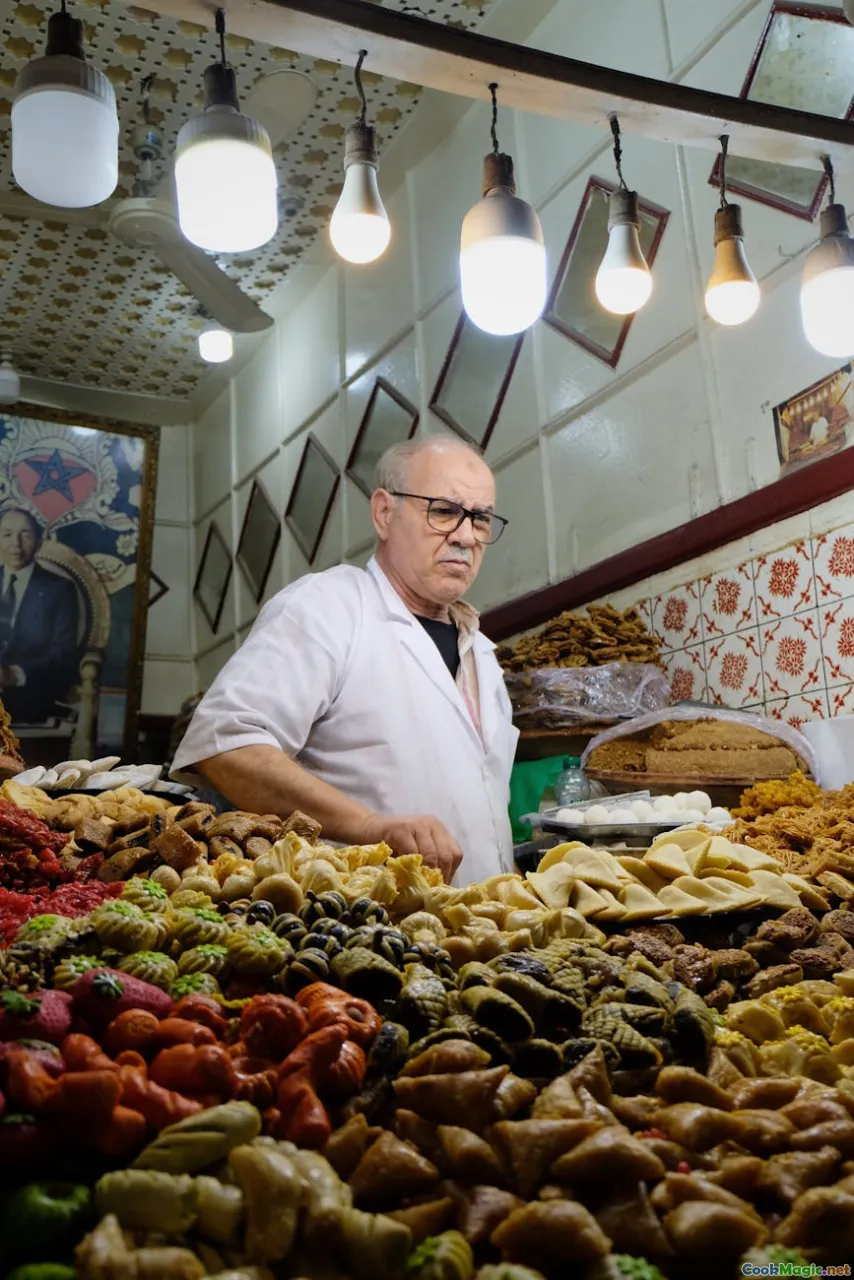How Pite Became a Kosovar Staple
7 min read Discover the captivating journey of pite, a beloved Kosovar pastry, from its historical roots to its cultural significance in everyday life. April 26, 2025 19:55
How Pite Became a Kosovar Staple
Introduction: A Taste That Defines a Nation
Imagine walking through the bustling streets of Prishtina, the aroma of freshly baked pite wafting through the air, inviting you into a world where food is more than sustenance—it's a story, a tradition, a way of life. Pite, a humble yet beloved pastry, has become a symbol of Kosovar identity, weaving its way into the fabric of daily life, celebrations, and even personal memories.
But how did this simple dish transcend its humble origins to become a national staple? To understand this, we must journey through history, culture, and the sensory experience that makes pite so uniquely Kosovar.
The Origins of Pite: Tracing Its Roots
Historical Context
Pite's roots are deeply embedded in the broader Balkan and Ottoman culinary traditions. The Ottoman Empire, which ruled over Kosovo for centuries, introduced a variety of pastry techniques and ingredients that would shape local cuisine. Among these, phyllo-based pastries became widespread.
In Kosovo, pite evolved as a distinctive variation of these Ottoman influences—simple, hearty, and adaptable. Its name, derived from the Turkish "pide," meaning "flatbread" or "pie," reflects this historical connection.
Ingredients and Technique
Traditional pite is crafted with a thin, flaky dough made from flour, water, and a pinch of salt, rolled out to achieve a delicate, almost translucent layer. The filling varies—from spinach and cheese to minced meat or potatoes—each adding its own flavor profile. The assembly is an art: layering the dough with filling, then carefully rolling or folding it before baking until golden brown with crispy edges.
The Cultural Significance
Initially, pite was a rustic, everyday food—something farmers and shepherds could quickly prepare and carry during long workdays. Its affordability and versatility made it accessible across social classes. Over time, pite transitioned from humble fare to a dish cherished during family gatherings, religious festivals, and communal celebrations.
The Evolution of Pite in Kosovar Society
From Local Staple to National Icon
In the post-war period, Kosovo faced profound social and economic upheavals. Amidst the uncertainties, pite emerged as a unifying symbol—a taste of home that fostered resilience and continuity. Its presence in neighborhoods, bakeries, and homes became a form of cultural preservation, a reminder of shared history and identity.
Regional Variations and Innovations
While the core concept of pite remains consistent, regional variations flourished. In some areas, adding herbs like dill or parsley enhanced flavor, while others experimented with different fillings, reflecting local tastes and seasonal ingredients. Modern bakers have also introduced innovative twists—adding yogurt to the dough for extra tenderness or using whole wheat flour for a healthier version.
Personal Stories and Memories
Many Kosovars have personal stories tied to pite—grandmothers kneading dough in the early morning, children eagerly awaiting warm slices at breakfast, or friends sharing a piece during a festive gathering. These stories underscore pite's role as more than food; it is a vessel of tradition, love, and community.
Sensory Experience: Why Pite Captivates the Senses
Visual Appeal
Golden, flaky, and layered, pite’s appearance is inviting. Its crispy edges contrast with the soft, steaming interior, often speckled with green herbs or bits of cheese.
Aroma
The smell of baked pite—rich with buttery, toasted notes and hints of herbs—is an aromatic symphony that beckons everyone in its vicinity.
Texture
The first bite offers a delightful crunch, followed by a tender, flavorful filling that melts in the mouth. The contrast between the flaky crust and savory interior creates a texture that keeps people coming back for more.
Taste
Whether savory or slightly tangy from cheese or herbs, pite delivers a comforting, satisfying flavor that resonates with the heart of Kosovar cuisine.
Pite in Contemporary Kosovo
Modern Takes and Global Influence
Today, pite continues to evolve. Chefs and home cooks experiment with new fillings—adding mushrooms, smoked meats, or even vegan options—while maintaining traditional techniques. Many bakeries have gained fame for their signature pite, turning it into a cultural export.
Preservation of Tradition
Despite modern innovations, the essence of pite remains rooted in tradition. Workshops and culinary festivals celebrate its history, ensuring that future generations understand its significance.
Personal Reflection
For many Kosovars living abroad, a slice of pite is a tangible connection to home—a taste that transports them back to childhood and familiar streets.
Conclusion: A Culinary Heritage That Endures
Pite’s journey from a rustic, everyday dish to a national icon embodies the resilience and unity of the Kosovar people. Its simple ingredients and timeless techniques have created a culinary symbol that transcends generations. As we savor each flaky, flavorful bite, we partake in a story of history, community, and identity—proof that sometimes, the simplest foods are the most profound.
Whether enjoyed in a bustling city bakery or homemade in a family kitchen, pite remains a testament to Kosovo’s rich cultural tapestry—a true staple that continues to nourish both body and spirit.









